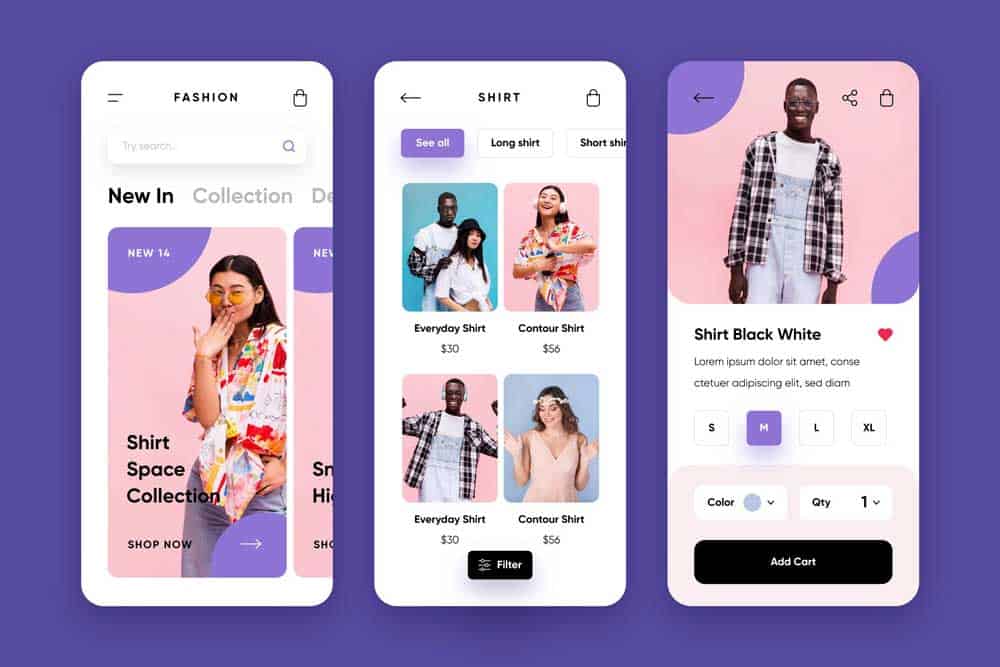Shop At Haya: Your Ultimate Shopping Guide
Discover the best shopping tips, trends, and deals for a smarter buying experience.
Is Your Website a Smartphone’s Best Friend?
Discover simple tweaks to transform your website into a smartphone's best friend and boost user engagement!
10 Essential Features for a Smartphone-Friendly Website
In today's digital world, having a smartphone-friendly website is crucial for reaching a larger audience. Responsive design is the backbone of any mobile-optimized site, allowing it to automatically adjust to various screen sizes and orientations. Additionally, fast loading times are essential; studies show that users are likely to abandon a website that takes more than a few seconds to load. Incorporating touch-friendly navigation elements, such as larger buttons and streamlined menus, greatly enhances user experience on mobile devices. To further improve accessibility, consider integrating clear call-to-action buttons that guide users toward desired actions, such as signing up or making a purchase.
Another vital feature is mobile-friendly content. It's important to use concise and engaging text that caters to the mobile audience, as users often skim rather than read in-depth on their smartphones. Optimized images should also be a priority; they contribute significantly to loading speed and overall appearance. Furthermore, integrating social media sharing options allows users to easily promote your content on their platforms, broadening your website's reach. Lastly, ensure your website is free from intrusive pop-ups and ads, as these can frustrate mobile users and lead to higher bounce rates.

Is Your Website Mobile-Optimized? Key Indicators to Check
In today's digital age, having a mobile-optimized website is crucial for ensuring a seamless user experience. With over half of all web traffic coming from mobile devices, it's essential to check if your site is designed to cater to these users. Here are some key indicators to assess your website's mobile optimization:
- Responsive Design: Ensure your website layout adjusts smoothly to different screen sizes. This means images, text, and navigation elements should scale appropriately on any device.
- Loading Speed: Mobile users are often on the go, making loading speed a vital factor. Aim for quick load times, ideally under three seconds, to prevent users from leaving your site in frustration.
Another essential aspect to consider is user engagement on mobile devices. High bounce rates can indicate that your site isn't appealing or easy to navigate. Evaluate your website's performance by keeping an eye on:
- Touch Targets: Make sure buttons and links are large enough for easy tapping without errors.
- Content Readability: Check if your text is legible without zooming in, with suitable font sizes and contrast for visibility.
How to Enhance User Experience on Mobile Devices
In today's digital landscape, enhancing user experience on mobile devices is crucial for retaining visitors and driving conversions. One effective way to achieve this is by optimizing your website's loading speed. Studies show that a majority of users expect mobile pages to load in under three seconds. To enhance performance, consider implementing techniques such as image compression, minimizing HTTP requests, and leveraging browser caching. Additionally, using a responsive design ensures that your content displays beautifully on any screen size, thereby providing a seamless browsing experience.
Another critical aspect of improving mobile user experience is intuitive navigation. Simplifying your site's menu structure and adopting a touch-friendly design can significantly enhance usability. For instance, implementing a thumb-friendly layout allows users to easily access elements without straining their fingers. You can also enhance user engagement by incorporating interactive features like click-to-call buttons and easily accessible search bars. By prioritizing these elements, you can create a mobile experience that keeps users coming back for more.